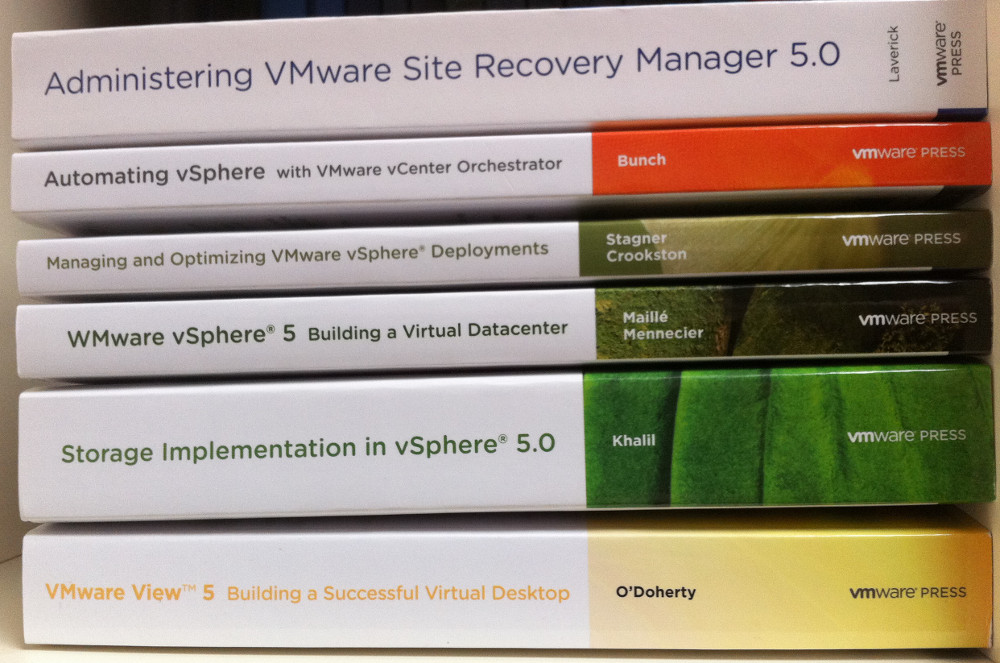Reading Time: 2 minutesSeagate and Dot Hill Systems have announced a definitive agreement where Seagate will acquire Dot Hill to increase their storage portfolio. Seagate has a long storage history especially in hard disks: they’ve developed the first 5.25-inch hard disk drive in 1980 (the 5-megabyte ST-506), on 2006 Seagate acquired Maxtor, on 2011 acquired the Samsung‘s HDD business. But they have also a storage experience: in 2014 Seagate acquired Xyratex a storage systems company, used in most storage enclousure. The same year it acquired LSI’s Flash Enterprise PCIe flash and SSD controller products, and its engineering capabilities. And X-IO it’s all […]
Browsing Posts in vDesign
Reading Time: 3 minutesTintri, a producer of VM-aware storage (VAS) for virtualization and cloud environments, has announced the release of the Tintri VMstoreTM T5000 All-Flash series. The VMstore T5000 joins the T800 Hybrid-Flash series to create a portfolio of VM-aware storage platforms that offer enterprises and service providers their choice of storage, hypervisor and packaging to best meet their needs. Powered by the same Tintri OS and real time VM-level analytics, the new products will enable customers to easily optimize virtualized workloads across the T5000 and T800 systems.
Reading Time: 3 minutesKaminario is a company with an interesting enterprise-class all-flash array (AFA) storage solution, that deliver unparalleled cost efficiency, with an really interesting price per GB. The company is headquartered in Boston, Massachusetts, with offices in Yoqneam, Israel, Silicon Valley and New York City, and backed by Sequoia, Pitango, Globespan, Tenaya, Silicon Valley Bank and others. Now they are announcing the K2 v5.5 (generally available in Q3 2015) all-flash primary storage array that cuts the cost from $2/GB, from v5 introduced in May 2014, to less than $1/GB! With this price AFA storage could be for […]
Reading Time: 3 minutesRubrik announced the release of version 2.0 of Rubrik Converged Data Management to deliver complete data protection and rich data services at a global scale. The promise is to eliminate backup software by integrating data protection, instant recovery, and DevOps infrastructure into a single fabric. The core is a asynchronous, deduplicated, masterless, SLA driven replication that can be deployed any way you like, many-to-one, many-to-many, one-to-one, uni-directionally or bi-directionally. Rubick Converged Data Management platform is fundamentally a distributed architecture that allows you to share nothing, but do everything—each node is a master of its domain.

Reading Time: 3 minutesVMware vSphere design is something important for VMware beginner, VMware engineer, VMware SME, or VMware architect. It’s not only related to know well the technologies, but understand how use it in the right way (in the right cases). VMware vSphere Design Essentials is a short book (only 176 pages), but with a good approach for design an IT environment, particularly a VMware vSphere based.
Reading Time: 2 minutesOne old (and now quite not used anymore) storage concept was about the Frame vs. frame-less architectures. Those terms are from the past decades and where used (especially from Dell-EqualLogic) to identify how storage controllers are dedigned and how they can scale: Frame-based storage contain individual components that scale independently (you can add more cache, network connections, disks, software, etc.) until it’s maxiums and until the product is still supported. Usually you have two storage controllers and one ore more shelves of disks. Frame-less storage is modular where each “module” include it’s own storage processors, […]

Reading Time: 3 minutesDell EqualLogic Virtual Storage Manager (VSM) for VMware is a VMware vCenter plug-ins that allows administrators to manage their EqualLogic groups and coordinate data protection and recovery within their vSphere environment. The Dell VSM is a virtual appliance that is downloaded as part of the all-inclusive Dell EqualLogic software support and can be installed into an existing VMware vCenter environment. The management can be done both within the vSphere Client (for old versions) or the vSphere Web Client (basically VSM management it’s just a web oriented interface). Actually exist two main versions of this product:










